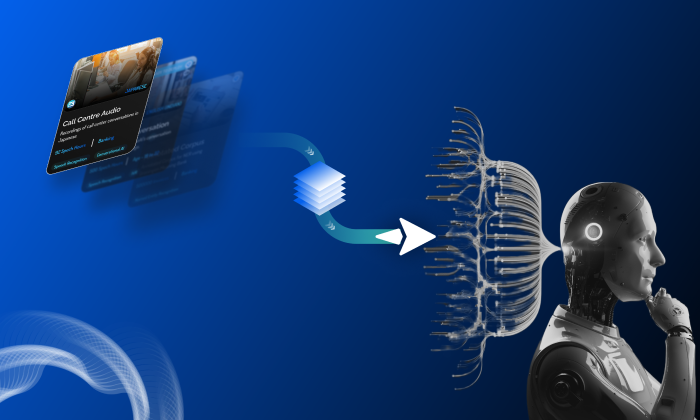Are recordings mono or stereo in doctor–patient conversation?
Audio Recording
Healthcare
Speech AI
In doctor-patient interactions, audio recordings are typically captured in either mono or stereo formats, optimizing audio quality for effective use in speech recognition systems. Understanding when to use each format is crucial for maintaining clarity and usability across various healthcare settings.
Mono vs. Stereo Recordings: The Basics
- Mono Recordings: This single-channel format captures all sounds together, making it ideal for environments where the focus is on clear voice capture without spatial separation. Mono is often used in in-person consultations due to its simplicity and practicality.
- Stereo Recordings: Utilizing two audio channels, stereo recordings offer distinct sound separation, which is particularly beneficial for identifying individual speakers in overlapping dialogues. This format is commonly employed in telephonic interactions to enhance clarity and speaker differentiation.
Contextual Use in Doctor–Patient Interactions
- Telephonic Interactions: These are generally recorded in stereo. The dual-channel setup allows for clearer separation of the doctor and patient’s voices, which is crucial in telehealth scenarios where precise communication is necessary. This setup mirrors real-world telehealth scenarios, facilitating effective speech recognition and conversational AI applications.
- In-Person Consultations: These interactions are typically captured in mono. While this format may lack spatial detail, it simplifies equipment use and still effectively captures the essential dynamics of the conversation. This approach is sufficient for straightforward conversation flows that do not heavily rely on speaker differentiation.
Implications for Speech Recognition and AI Systems
Choosing the appropriate recording format significantly impacts the quality of data collected and its subsequent analysis:
- Speaker Identification: Stereo recordings are beneficial for applications requiring clear speaker distinction, crucial for training advanced speech recognition systems.
- Data Quality: Higher fidelity recordings, like those in stereo, often yield better results in automatic speech recognition applications, where nuances in speech are critical for model training and accuracy.
FutureBeeAI's Role in Data Collection
At FutureBeeAI, we ensure that our datasets, including doctor-patient conversation recordings, are captured with the optimal recording format to meet project needs. Our proprietary Yugo data collection platform supports both mono and stereo recordings, providing flexibility and maintaining high-quality standards for healthcare AI systems. Whether you're developing telehealth solutions or in-person diagnostic tools, we offer scalable data solutions tailored to your requirements.
FAQs
Q. What factors influence the choice between mono and stereo recordings?
A. The choice depends on the interaction type and specific project needs. Telephonic interactions benefit from stereo for clear speaker separation, while in-person consultations often use mono for simplicity.
Q. How does FutureBeeAI ensure data quality in these recordings?
A. FutureBeeAI employs a rigorous quality assurance process using our Yugo platform, which includes automated checks and manual reviews by healthcare professionals to ensure clarity, accuracy, and relevance in all recordings.
What Else Do People Ask?
Related AI Articles
Browse Matching Datasets
Acquiring high-quality AI datasets has never been easier!!!
Get in touch with our AI data expert now!








